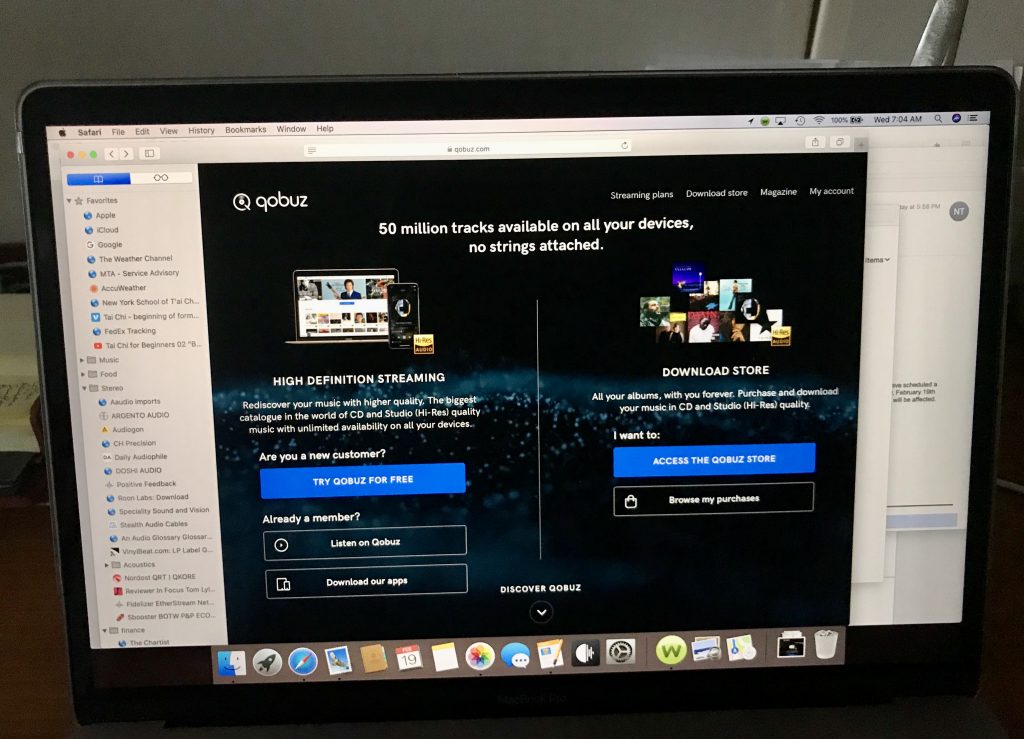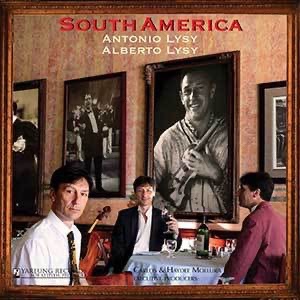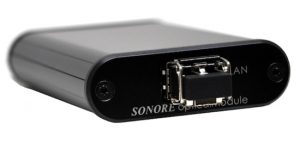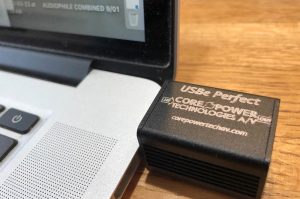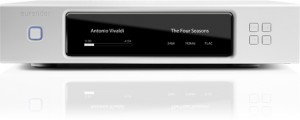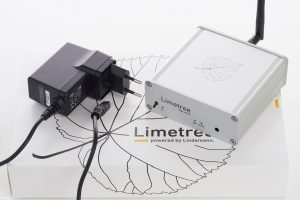It's not news that streaming has gobbled up 75% of the USA consumer music market, as reported recently by the RIAA, simply how fast it happened. This is the most exciting development in the High-End right now. The urge to jump quickly to the new thing is very tempting. My prudent advice for anyone considering streaming: take a deep breath, look around, and make sure you understand what you're getting into.
OK, let's say you've done your homework, you're still gung-ho. Did you perchance stumble upon the minority opinion of users with ultra systems including state-of-the-art CD transports, that these newfangled front-ends are not all they're cracked up to be? Probably not, as few reviewers talk about it. Yes, I'm one of the holdouts. Let me give you the backstory.
Bones of Contention
Not long ago, I setup USB and Ethernet music server front-ends to compare them with the CD transport (HERE). The results put USB in last place, well behind Ethernet. The CD transport outstripped them both by a healthy margin. If USB playback yielded an 87% slice of what's to be heard, Ethernet upped it to around 91%, while the CD transport gave me the full pie. A nine percent shortfall is not trivial in High-End terms—and that's a conservative estimate.
Note: These percentages reflect several upgrades since I last reported, namely the Pulsec USB cable from Stage III (MSRP $3000/1 meter) and the EtherStream network switch from Fidelizer (MSRP $395). The Ethernet deficit with the CD transport will possibly narrow further when I get a linear power supply for the switch (and who knows what else beyond that). If they warrant it, the percentages will be updated accordingly.
I shopped these results around to five experienced audiophiles who own ultra systems and was quickly taken down. But not because I said there's nothing competitive with the transport; four out of five agreed with that. They objected to USB coming in last. (Ethernet is not widely embraced right now.) So, I'm not just one lonely voice howling at the wind.
The point is music delivered in file format won't cut it for those pursuing the ultimate, not at this time. The ultimate sonic experience is still the CD. Today's top-level transports deliver more of what is on the recording, and then there's SACD, which puts you at another level entirely. Very likely we're not done; major breakthroughs come along every couple of years. I should mention right away the transport front-ends I'm talking about are exponentially more costly than music servers (anywhere from two to 10 times as much for my CH Precision D1 Transport and all of its cables).
However, the majority of consumers don't own a SOTA transport. For them, music servers are extremely competitive.
Streaming vs. the Hard Drive
Now we get to the real subject of this review—streaming—the giant that's gobbling up the market. Apart from its terrific user friendly features, the question came up about its sound. How does it compare sonically to music stored on a hard drive? Contentious points of view flared, ranging from "It's a terrific boon for the consumer," to "Streaming sucks." It was suggested I do a followup.
I grudgingly consented. The whole music server experience underwhelmed me and I was ready to move on but, since I was already setup, I realized it wouldn't take much more than getting a temporary subscription to Qobuz. Plus, I admit, I was curious to find out myself. I would use Ethernet, obviously, because it sounds better than USB in my rig.
Some Ethernet Music
Before going further, here's a run down my Ethernet configuration. A long cable runs from a Verizon FiOS router to a Fidelizer EtherStream network switch on my audio rack; two short STEALTH Black Magic Ethernet cables (MSRP $1300/m) connect to the CH Precision C1 DAC (with the latest Ethernet HD Board) and a MacBook Pro laptop. Music files are either on a 4TB WD MyBook hard drive attached to the laptop via the provided USB cable, or locally stored on my MacBook, and Roon is used for music file management. There is no wireless communication; everything is hardwired.
A Rachmaninov File
I cued up Rhapsody on a theme of Paganini, with wunderkind pianist Daniil Trifonov and conductor Yannick Nézet-Séguin fronting the Philadelphia Orchestra (Rachmaninoff Variations DG 002335702, FLAC 96kHz 24-bit). On this stunning recording, the sound rates a solid A, while the performance ascends into the magical. Which delivery method did I prefer? It was really close. Qobuz fractionally edged out the hard drive. Then I played the Bruckner Symphony No.4 "Romantic" with Abbado and the Vienna Philharmonic Orchestra (FLAC 44kHz 16-bit file). This one was a toss up.
The long and short of it is, Qobuz pulls up right alongside the hard drive in sonic quality. This is not what I was expecting. Sometimes it is better; sometimes worse. I suspect the determining factor is the quality of the music file. (Although I could control for density, there's no telling the true provenance of these files.)
I ran further tests comparing density. Qobuz has a maximum of 192kHz 24-bit. How about comparing that to a DSD file on the hard drive?
I loaded another fave recording, South America, a showcase for cellist Antonio Lysy, which I have on my hard drive (Yarlung 80167, DSD 256 file). Track one, O canto do cisne negro, by Heitor Villa-Lobos, is a duet featuring Lysy's cello plus a harp. You will be happy to know (at least I was) that higher densities translated directly into better sound. I had a second version of this title at DSD 128 on my hard drive and, yes, it is a step down from the DSD 256. Played back on Qobuz at 88.2kHz 24-bit, you lose a lot. Being a completist, I also played the Redbook CD. Yeah, it is leaps ahead.
Summing Up
Summing up, I'd say Qobuz is sonically on an equal footing with music files on my WD MyBook hard drive, or locally stored on my MacBook. (A third storage option to compare would be a NAS, which I don't have.) It's only when you go beyond Qobuz's density limit that it falls behind the hard drive. Given all the user friendly benefits—the deep catalog of historical and new releases, the ease of access and, in Qobuz's case, the relatively large number of hi-res files (up to 24-bit 192kHz)—I see no reason for the majority of audiophiles not to jump in. To clinch the deal, subscription rates have been tumbling due to marketplace competition. For a limited time Qobuz is available for $12.99/month.
For the minority who own ultra systems including a fine transport and maybe a master clock, you have choices. If your overriding interest is sound quality, you needn't bother with digital files in any form. Alternately, you'll find Qobuz very useful to sample new releases, etc., and assist in CD purchase decisions. (That is, if you can find them. The availability of new releases on CD is another issue.) A third choice is stop buying CDs altogether, but keep the transport to support your legacy collection.
Coda
In these dark times for the CD, I can imagine looking back from some future point when we will gloomily realize what we lost when we jettisoned the format. Yes, I'm thinking of what happened to the LP. Perhaps what we need now is a Mike Fremer avatar to carry the torch. Sometime down the road, at the second coming of CD, we will all be grateful.




